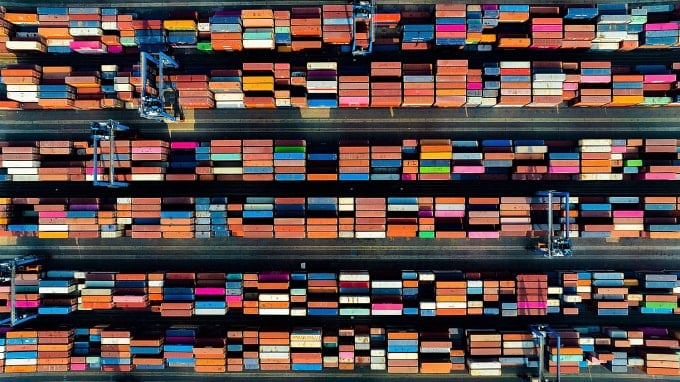
According to Resolution 60, the Central Government agreed to the policy of rearranging provincial administrative units to 34 units, including 28 provinces and 6 centrally-run cities. Of these, 11 provinces and cities will remain the same, while the remaining 53 localities are expected to merge into 23 provinces and cities.
Vietnam currently has 63 provinces and centrally-run cities, including 28 coastal localities with a total coastline of 3,260 km. Thus, according to the arrangement plan, Vietnam will have only 21 coastal provinces and cities, but the proportion of coastal localities will increase to 62% (21/34 provinces), while the current rate is 44%.
Speaking to VnExpress, Mr. Tran Ngoc Chinh, former Deputy Minister of Construction, Chairman of the Vietnam Urban Planning and Development Association, said that creating space for development towards the sea is very important for Vietnam. Because Vietnam is an island nation, it has advantages in domestic and international trade due to its proximity to deep water areas and coastline related to international shipping routes. Meanwhile, the East Sea has great value in exploiting the marine economy (oil and gas, aquaculture, resort tourism).
"The provinces after the merger will become coastal localities with expanded development space, and their socio-economic structures will change in a more harmonious and positive direction," he said, believing that this will create growth momentum for the localities after the arrangement.
On the other hand, Mr. Le Duy Binh, Director of Economica Vietnam, said that linking delta regions with coastal areas, or mountainous regions with coastal areas, will create "a stronger connectivity". Merging provinces based on natural connectivity and regional connectivity also helps to minimize conflicts of interest between the inland and coastal areas.
"If inland and coastal provinces are managed in the same territorial unit, development policies will be more synchronized, helping to exploit the advantages of both regions in harmony," he said.
After the merger, Khanh Hoa will own nearly 500 km of coastline - becoming the locality with the longest coastline in Vietnam (Khanh Hoa 385 km, Ninh Thuan 105 km). The coastline of this province will be 1.5-2 times longer than the two localities ranked 2nd and 3rd, Ca Mau and Quang Ninh. With an expanded coastline, this will be one of the localities with the most ideal conditions to develop sea tourism, exploit seafood and promote logistics services.
The new Ho Chi Minh City, after merging with Binh Duong and Ba Ria - Vung Tau, will further promote its role as an "economic locomotive", with GRDP nearly double that of Hanoi, accounting for 1/4 of the country's GDP.
Currently, the only coastal area of the city is Can Gio with a length of only about 17 km. After the merger, the coastline will be 5 times longer than it is now. Can Gio has long been part of the city's "sea-oriented" strategy. According to Mr. Tran Ngoc Chinh, the merger with Ba Ria - Vung Tau will make the city truly become the locality with the most advantages in developing the marine economy (oil and gas exploitation, tourism, deep-water ports), instead of just having a "sea-oriented vision" as it is now.
According to Mr. Nguyen Do Dung, planning expert and General Director of enCity International Consulting Company, developing the marine economy in Can Gio combined with the existing strengths of Ganh Rai Bay on the Ba Ria - Vung Tau side will be an opportunity for Ho Chi Minh City to form a marine economic center on par with the region.
Mr. Dung analyzed that Ganh Rai Bay is the largest marine economic center in Vietnam, including a drilling rig workshop, Long Son petrochemical plant, Cai Mep - Thi Vai port, and a series of industrial parks. When combined with Can Gio, there will be an additional sea-encroaching urban area and a future port. Thus, this place forms a marine economic ecosystem including energy, maritime, logistics, industry, aquaculture, tourism, trade, and services.
According to experts, the world's largest economic regions today are all bay areas: China has the Greater Bay Area including Shenzhen, Zhuhai, Guangdong, Hong Kong, Macau; Japan has Tokyo Bay; the US has San Francisco Bay. "Ho Chi Minh City can absolutely create Saigon Bay or Ho Chi Minh City Bay," he said.
In particular, localities with large-scale, synchronous existing seaport systems will help promote advantages in better exploiting the marine economy.
Currently, the country has 34 seaports, classified according to service scale. Of these, there are 2 special type ports - serving the economic development of the whole country or inter-regions. The remaining 11 type I ports, 7 type II ports and 14 type III ports. These level I-III seaports respectively serve the socio-economic development at the national, regional and local scales.
After the merger, all 21 coastal provinces and cities after the merger have seaports. Two coastal provinces that still have seaports are Dong Nai (merging Dong Nai and Binh Phuoc) and Tay Ninh (merging Tay Ninh and Long An).
Ho Chi Minh City has just become the locality with the largest seaport system in the country. In the 2021-2030 planning period, the city plans to build a transit port in the coastal district of Can Gio. However, with the merger plan, the city will own the Thi Vai - Cai Mep deep-water port in Ba Ria - Vung Tau province, the largest in Vietnam and 19th in the world. The port can receive ships of up to 200,000 tons and is also the only seaport in the South with a direct shipping route connecting Europe and America.
The city will also have a system of up to 89 seaports, facilitating trade and import and export of goods. If we add 10 offshore oil and gas ports in Ba Ria - Vung Tau province at present, the total number of seaports of the city after the merger is 99, much larger than the largest seaport system in the country at present, Hai Phong (50 ports). Thus, the number of ports in Ho Chi Minh City accounts for nearly one-third of the country (more than 300 ports), 2.5 times higher than the current number.
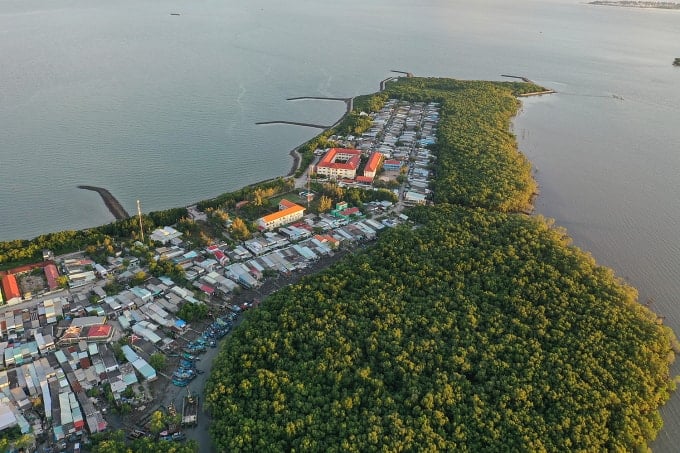
At a meeting with veteran revolutionary cadres in the southern region earlier this week, General Secretary To Lam emphasized the arrangement of administrative units in the direction of maximizing the use of sea space to activate the connection between mountains, forests, plains and islands. This is to support localities to develop together, creating new momentum so that some provinces can become centrally-governed cities, large economic centers in the near future similar to Singapore, Shanghai, Dubai, London, New York...
The merger of provinces aims to create new dynamics, potentials, and spaces for development. The General Secretary cited examples of the new provinces of Binh Duong, Dong Thap, Vinh Long, Can Tho, and Hau Giang, which will have seas, mountains, and forests. Tay Ninh will have large river mouths connecting to the sea. The mountainous provinces of Gia Lai, Dak Lak, Lam Dong, and the plains of Dong Thap, Dong Nai, and Vinh Long will become coastal localities.
Specifically analyzing, Mr. Tran Ngoc Chinh said that localities have their own positions, when merged together, they will create mutual support and become stronger. For example, after merging with Hai Duong, Hai Phong will have advantages in population size and expanded area. Meanwhile, Hai Duong benefits from Hai Phong seaport - a national-level comprehensive seaport cluster, the second largest in Vietnam after Saigon port.
The Central Highlands is a special region, where the long plateaus such as Kon Tum, Di Linh, Buon Ma Thuot converge. Many provinces in the Central Highlands, which were originally mountainous areas, located deep inland, have become coastal localities, such as Dak Lak (merging Phu Yen and Dak Lak), Lam Dong (merging Lam Dong, Dak Nong and Binh Thuan), Gia Lai (merging Gia Lai and Binh Dinh)...
Kon Tum merging with Quang Ngai will "receive" the advantage of Dung Quat deep-water port. Meanwhile, Quang Ngai will have the advantage of the resources of the highlands and its strategic location near the border with Laos and Cambodia.
Similarly, Binh Dinh has Quy Nhon port - an important trade gateway for the Central and Central Highlands regions of Vietnam. Meanwhile, Gia Lai has a large area and strong potential for rubber, coffee, and hydropower. This combination will create a positive effect for both localities, similar to Dak Lak and Lam Dong after the merger.
Meanwhile, localities with the same sea advantage when merged will create advantages in terms of larger development scale, and become stronger together. Typical examples are the cases of Da Nang and Quang Nam, Bac Lieu and Ca Mau, or Khanh Hoa and Ninh Thuan.
However, according to Mr. Chinh, Vietnam's current infrastructure is not yet completely convenient, and traffic connections between many localities are still poor. Therefore, the operator needs to re-examine the national master plan and regional planning immediately after the merger is officially approved. This is to create conditions to increase connectivity within the locality, and between localities.
"The issue of transport connectivity is a big one that needs to be addressed," he said, adding that connecting infrastructure including roads and waterways will help the seaward orientation to best promote its advantages.
Phuong Dung
PV (synthesis)Source: https://baohaiduong.vn/gan-hai-phan-ba-dia-phuong-giap-bien-sau-sap-nhap-410706.html




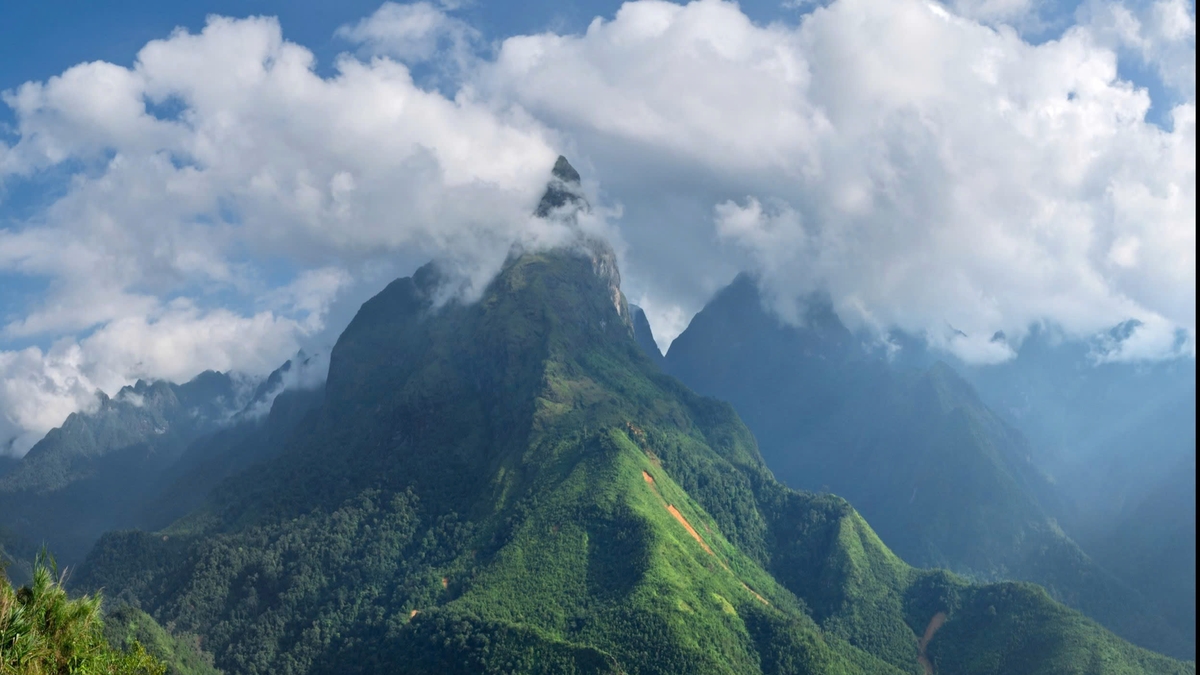

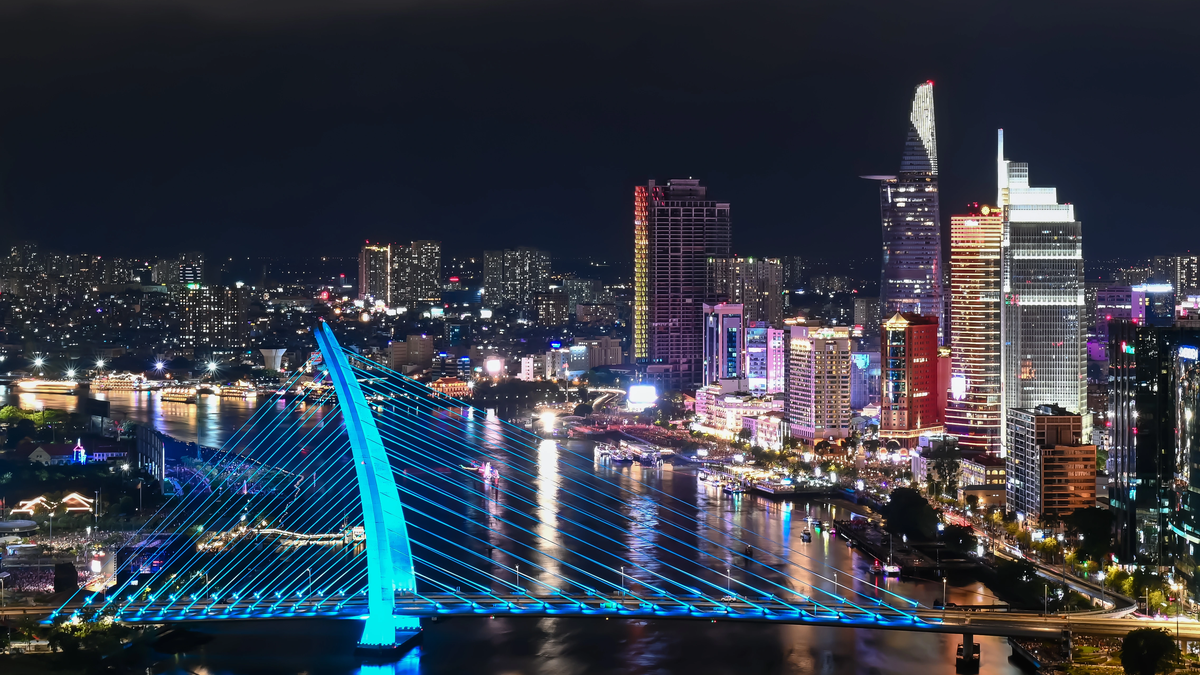
![[Photo] Vietnam shines at Paris International Fair 2025 with cultural and culinary colors](https://vphoto.vietnam.vn/thumb/1200x675/vietnam/resource/IMAGE/2025/5/4/74b16c2a197a42eb97597414009d4eb8)
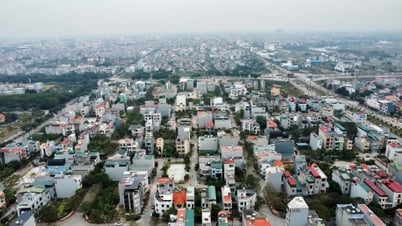

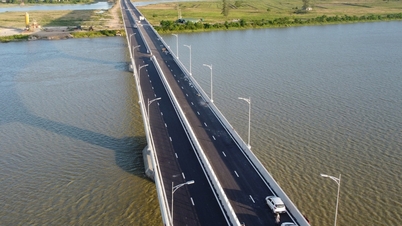



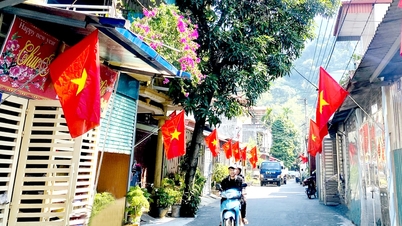






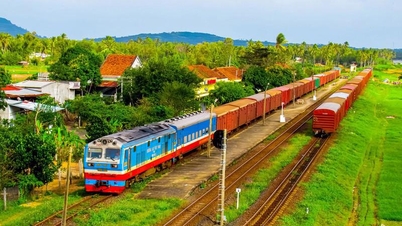


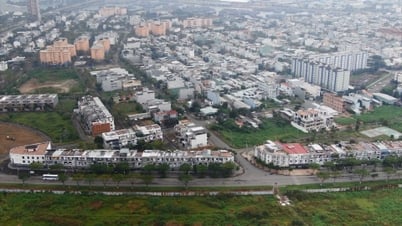


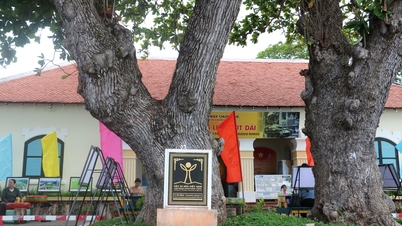

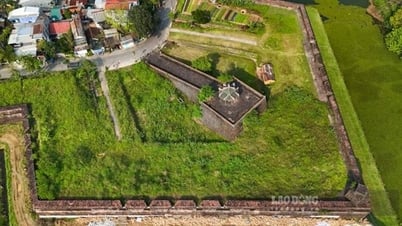






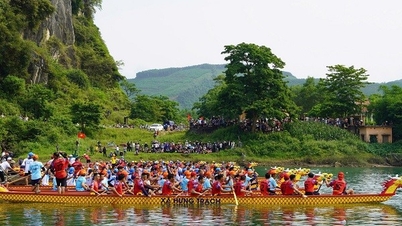


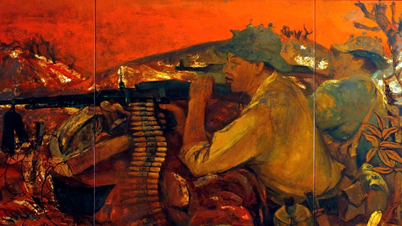













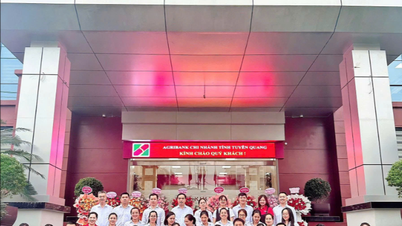


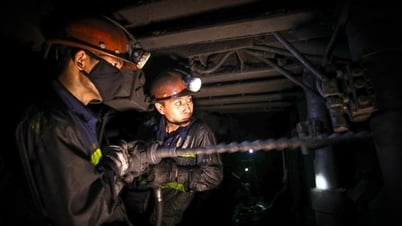
























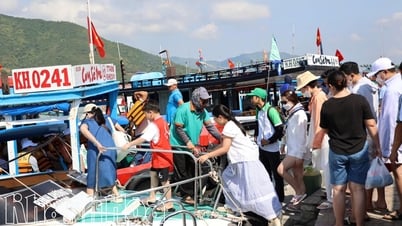











![[Video]. Building OCOP products based on local strengths](https://vphoto.vietnam.vn/thumb/402x226/vietnam/resource/IMAGE/2025/5/3/61677e8b3a364110b271e7b15ed91b3f)



Comment (0)